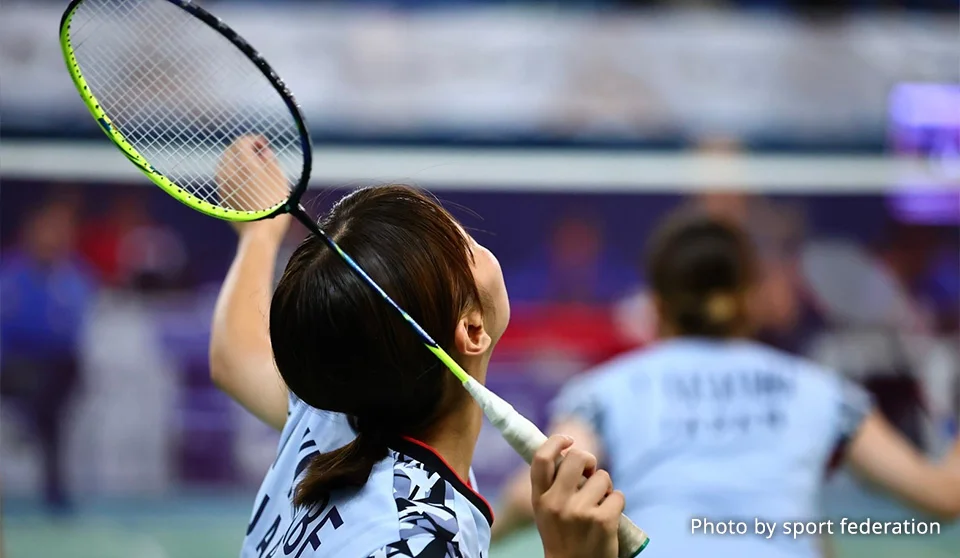Badminton

Competition Introduction
A sport where players use rackets to hit a shuttlecock over a net, competing for points.
Basic Rules
- Best of 3 games, first to 21 points wins each game, first to win 2 games wins the match
- When tied 20-20, play continues until a 2-point lead is achieved, but whoever scores the 30th point wins
Unique Aspects of Deaf Sports
"Trust" and "Instinct" in the Silent Court
In badminton, hearing players rely on “sounds” - the shuttlecock’s impact sound and partner’s calls - to judge situations whilst playing. Deaf badminton athletes, however, must judge using only vision, and that crucial first step tends to be delayed. To overcome this barrier of “not hearing”, they hone sharp observation skills and split-second judgment, and deepen bonds and coordination with doubles partners through repeated practice.
When they achieve play comparable to hearing players, they feel indescribable joy.
Because they cannot rely on sound, sharp observation and split-second judgment are required
They read shuttlecock movement, opponent form, and slight timing variations, developing long rallies with honed vision and instinct.
Doubles connected by “trust”
Partners repeatedly communicate to share tactics and establish rotations.
Confirming coordination takes more than double the time compared to hearing players, but when their timing aligns perfectly, it is the proof of “accumulated practice” and “strong bonds and trust”!
The depth of doubles play appears there.
Event
25th Summer Deaflympics Tokyo 2025
- Singles (Men/Women)
- Doubles (Men/Women/Mixed)
- Team (Mixed)


